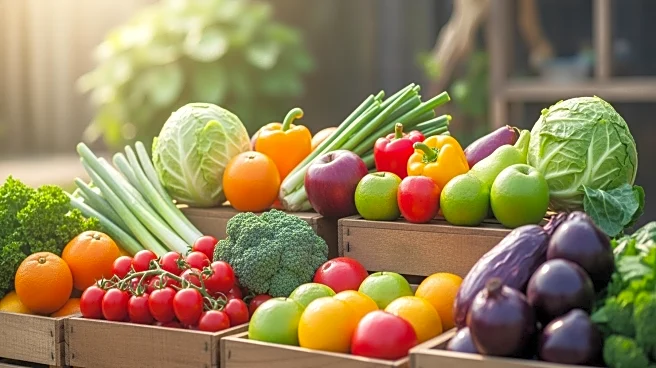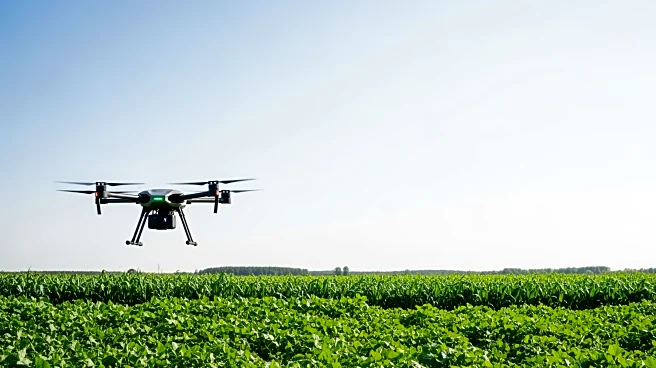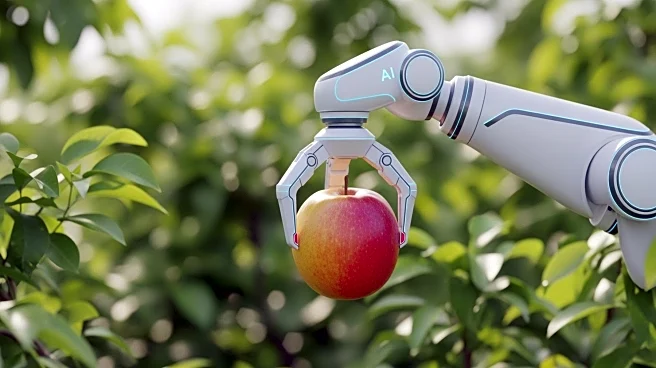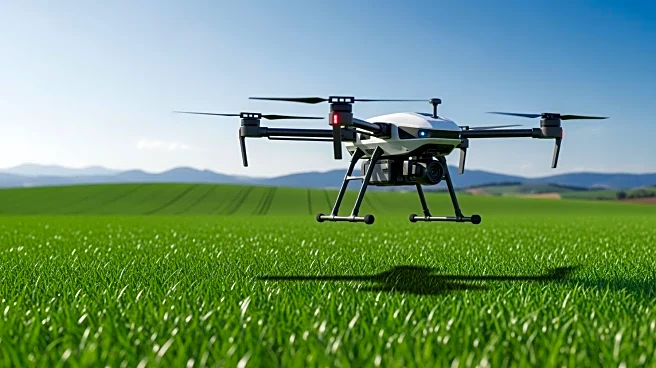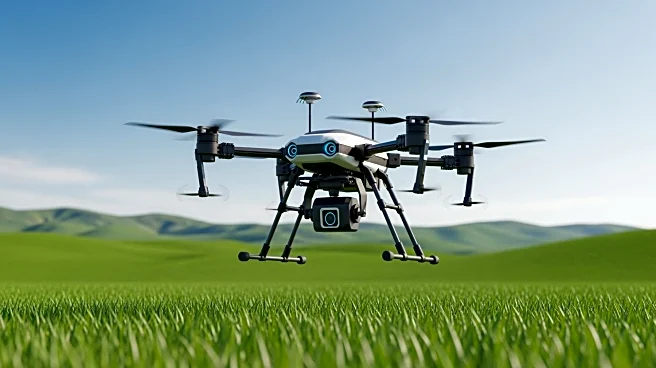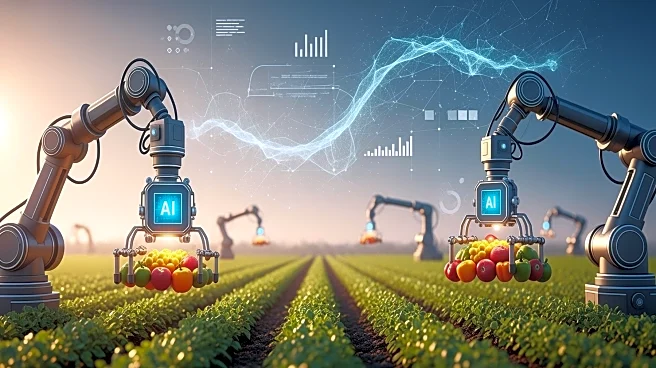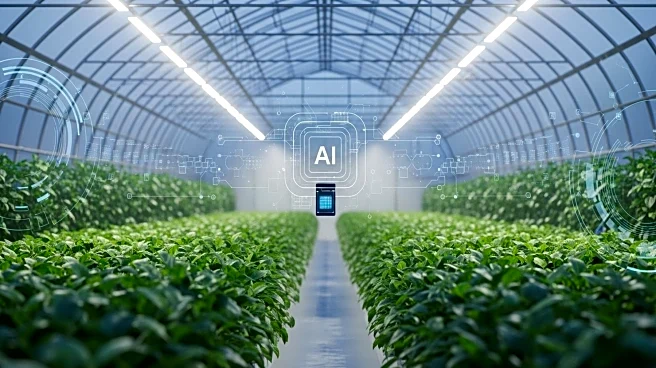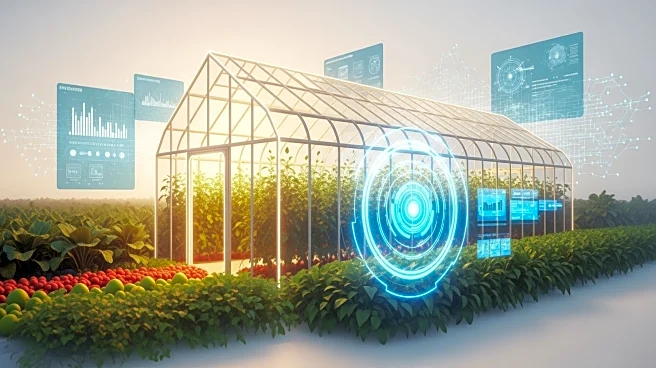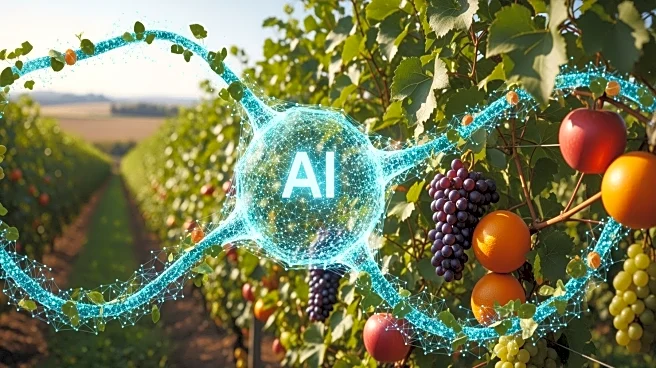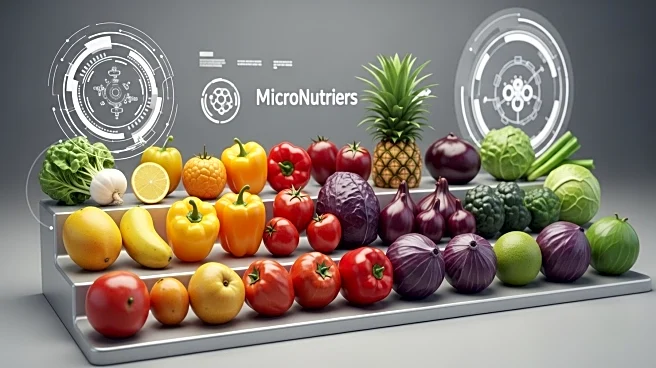What's Happening?
The agricultural food loss reduction solutions market is projected to grow from USD 14.50 billion in 2025 to USD 22.50 billion by 2030, at a compound annual growth rate (CAGR) of 9.2%. This growth is driven
by sustainability goals, food security initiatives, and the adoption of AI-enabled supply chains. The market is emerging as a critical segment within the global agri-tech and supply chain industries, addressing concerns around food security, sustainability, and resource efficiency. Sensor-based technologies, including radar level sensors and IoT-enabled systems, are increasingly adopted to improve storage management and minimize post-harvest losses. North America is expected to lead the market share, while Asia Pacific is anticipated to be the fastest-growing region.
Why It's Important?
The expansion of the agricultural food loss reduction solutions market is significant for addressing global food security challenges. With nearly one-third of global food production lost or wasted before reaching consumers, these solutions are crucial for optimizing food distribution and reducing waste. The adoption of advanced technologies can enhance operational efficiency and minimize losses, benefiting both developed and developing regions. Stakeholders, including governments and private entities, stand to gain from improved food security and sustainability, while smallholder farmers may face challenges due to high capital costs and infrastructure gaps.
What's Next?
As the market grows, stakeholders are likely to focus on developing targeted interventions to minimize food loss, such as improved storage infrastructure and efficient processing systems. The integration of sensor-based technologies will continue to play a central role in reducing losses across the agricultural value chain. Additionally, the expansion of cold chain logistics and AI-enabled inventory management will be crucial for optimizing food distribution. Collaboration between agri-tech startups and international players in regions like Asia Pacific will further drive innovation and growth.
Beyond the Headlines
The development of agricultural food loss reduction solutions has broader implications for sustainability and resource efficiency. By reducing food waste, these solutions contribute to a circular economy model, promoting environmental conservation and reducing the carbon footprint associated with food production. The integration of AI and IoT technologies also highlights the growing trend of data-driven farming practices, which can lead to more informed decision-making and improved agricultural outcomes.
